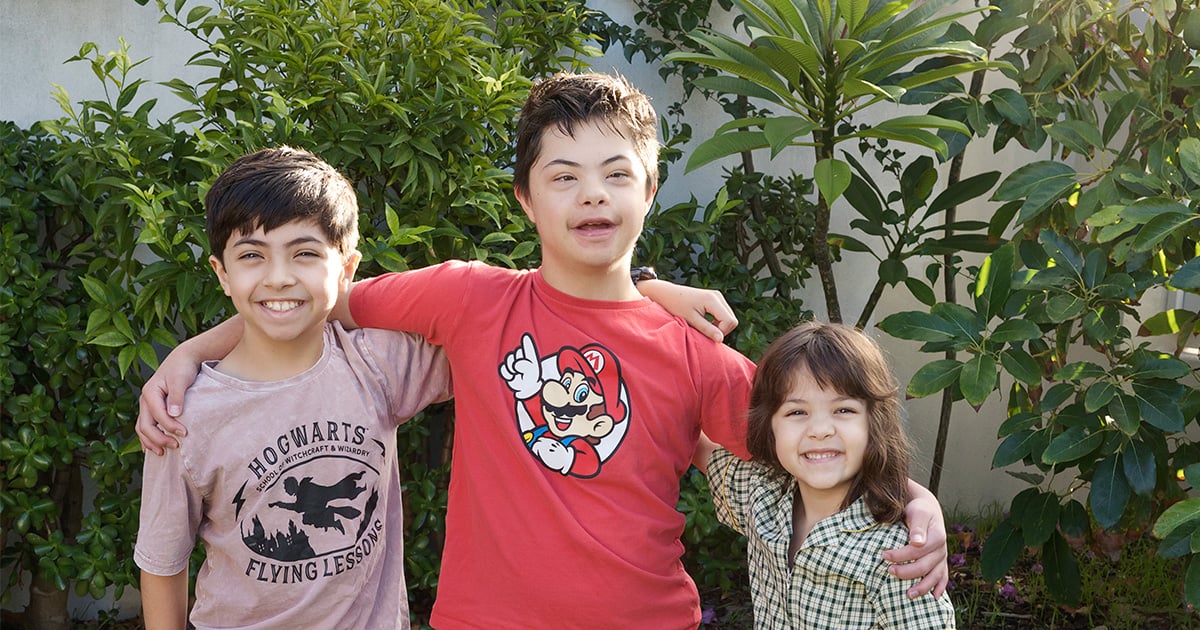Search
Research
The use of cross-jurisdictional population data to investigate health indicators of child maltreatmentTo investigate the prevalence, trends, and characteristics of maltreatment and assault related hospital admissions and deaths among children
Research
Atypical presentations and specific genotypes are associated with a delay in diagnosis in females with Rett syndromeThere is often delay between onset of Rett syndrome symptoms and its diagnosis, possibly related to symptom presentation or socio-demographic factors.
Research
Hip displacement and scoliosis in Rett syndrome - screening is requiredThe prevalence of hip displacement and spinal deformity in a clinic population of females with Rett syndrome to define implications for screening and management
Research
The impact of having a sibling with an intellectual disability:parental perspectives in two disordersThis study describes the impact of having a sibling with Down syndrome or Rett syndrome using a questionnaire completed by parents.
Research
Physical and mental health of mothers caring for a child with Rett syndromeThis study compared the behavior profile of cases in the Australian Rett Syndrome Database (ARSD) with those in a British study using the Rett Syndrome...

Research
The Sibling ProjectThe Sibling Project focuses on the wellbeing, relationships and needs of children, adolescents and emerging adults who have a sibling with a developmental disability.

Developmental and epileptic encephalopathy (DEE) conditions are rare, and most have a genetic cause.
Research
Implementing Telehealth support to increase physical activity in girls and women with Rett syndromeHelen Jenny Leonard Downs MBChB MPH BApplSci (physio) MSc PhD Principal Research Fellow Head, Child Disability +61 419 956 946 08 6319 1763
Research
Multigenerational Familial and Environmental Risk for Autism (MINERvA) NetworkEmma Helen Glasson Leonard BPsych BSc (Hons) PhD MBChB MPH Senior Research Fellow Principal Research Fellow +61 419 956 946 emma.glasson@
Research
Association between ABO, Rh blood groups, lip and dermatoglyphic patterns, and nonsyndromic oral clefts: A case-control studyThe objective of the study is to determine the association between nonsyndromic oral clefts (OC) in children and ABO, Rh blood groups, lip, and dermatoglyphic patterns of their unaffected parents.
